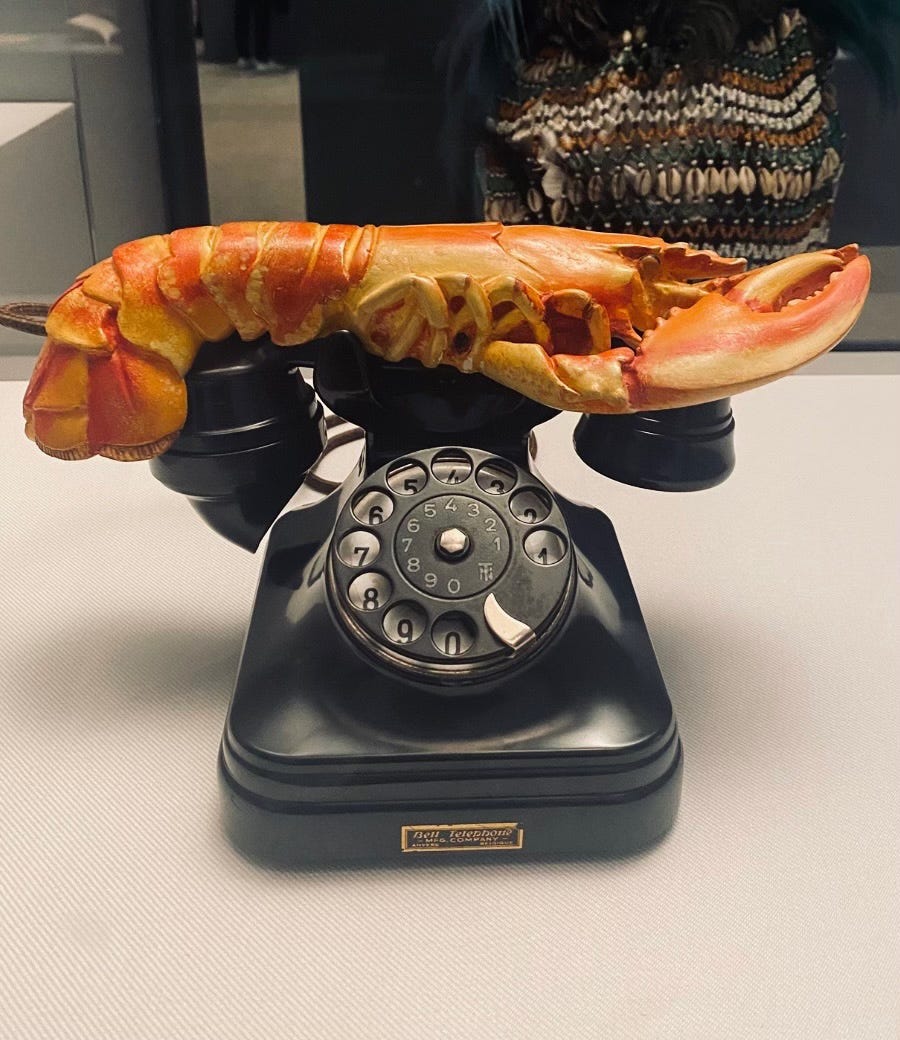loosely interlinked thoughts and little luxuries in everyday life
little luxuries in everyday life:
An air-conditioned subway car with ample seating available. Bonus points if I’ve entered the car closest to my exit by blending spatial awareness with my obsession with efficiency1.
Fully charged headphones, and a curated playlist.
A good friend I can celebrate and commiserate with. The one who says yes to whacky ideas and trust that something interesting will happen on the other side.
A no-brainer lunch spot4. Lately it’s Tashkent’s lunch buffet.
Even with these small rituals that make life smoother, the city has a way of reminding me that not everything bends to efficiency when I miss the Q by mere seconds or when I wait for a latte that somehow takes twice as long when I’m already late. The city hums on small inefficiencies that test my patience. But small inefficiencies hold the richest texture; the unplanned, the slightly delayed, the not-quite-linear. I still think in enumerated lists, but I’m learning to let some thoughts meander.
Maybe it’s the way mathematics has shaped how I see the world. My favorite class in college was Dynamical Systems5, where Rennie taught us to model questions like “Do opposites attract?” not as a metaphor, but as something that evolves in time where every starting point holds its own potential future. The class taught me that systems, whether human or mechanical, can be both patterned and unpredictable. I can model outcomes, assign probabilities, but there’s often noise. Systems drift. Variables shift. Express trains run local. The world resists perfect prediction, and maybe that’s the point?6
Life itself feels like a stochastic system, a mix of calculation and chaos loosely held together and like any nonlinear model, sensitivity to initial conditions can send trajectories diverging wildly with the smallest change. A single input — a late train, a wrong turn, an impromptu coffee date — can alter the path entirely, yet the system keeps moving forward, seeking coherence.
I think in bullet points. Efficiency makes me feel safe. Maybe it’s the illusion of control and structure; maybe it’s how my brain finds calm. I recently declared that my purpose in life isn’t to maximize efficiency, which is ridiculously obvious when written, but less so when lived.
In the past year, my company has moved offices four times across different Manhattan neighborhoods, and each move has reset my search for a reliable coffee spot. At my old job, I settled into a daily routine of caffeine as timekeeping: a sustainably roasted drip at 8, a London fog by 11, a double shot of espresso over ice after lunch, and a cold brew with almond milk whenever my colleagues and I went up to 6 (pantry). Now, hopping between offices, I find myself Google-mapping “coffee roasters near me”, hoping for a reliable and reasonably priced cold brew. It’s its own kind of start-up parable, the constant change, with many decisions and trade-offs along the way. Some days the newness feels energizing; other days, I just want the old pantry back.
My previous reliable rotations include:
King’s Street Coffee | Slice of the in-house matcha bread with a large black cold brew
Devoción | cortado
O Café | pão de queijo and a large drip
Terremoto Coffee | single-origin espresso
Regular lunch spots I’ve cherished over my years at BBG:
My rainy day place: Le Botaniste. The Tibetan Mama bowl and the Omega 3 Brownie feel like a hug I give myself. Healthy and self-indulgent.
My happy place: Katsu-Hama. There’s something decadent about a lunch that asks nothing of you — no meeting to rush back to, no IB ping — just breaded pork tenderloin, perfectly crisp, with a side of shredded cabbage, and quiet anonymity. I stroll back to the office, detouring to admire a Ferrari in the showroom window. My Monza SP1, theoretically, is back-ordered. After a good katsu lunch, anything feels possible.
My alone-but-not-lonely place: Land of Plenty. L11 with fish. I’ve hosted mentee 1:1s, team lunches, and more than a few catch-ups with friends. But when I come to eat after 1:30, the noise softens. I slide into a corner booth, queue up a podcast, and eat in silence. Predictability feels like a mercy and although my order has not changed in three years, there is still mystery in how many pieces of fish appear, which keeps things interesting.
The textbook we used was Nonlinear Dynamics and Chaos by Steven Strogatz. Not that I have the discernment to tell a good dynamical systems textbook from a bad one, but I just remember thinking this is the first time math has actually felt alive.
Trusty heuristic for finding good coffee shops in a pinch: search for “coffee roasters.” It isn’t perfect, and like most models, it works well enough until it doesn’t.



Reagarding the topic of the article, efficiency is often overrated.